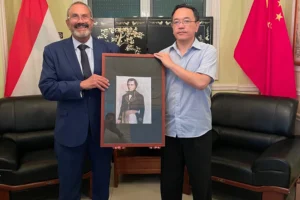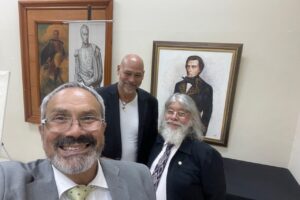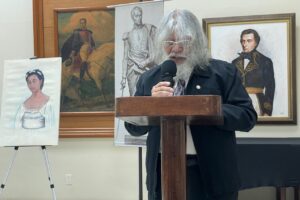
By Tico Vos
Administrator and Content Creator of www.manuelcarlospiar.com
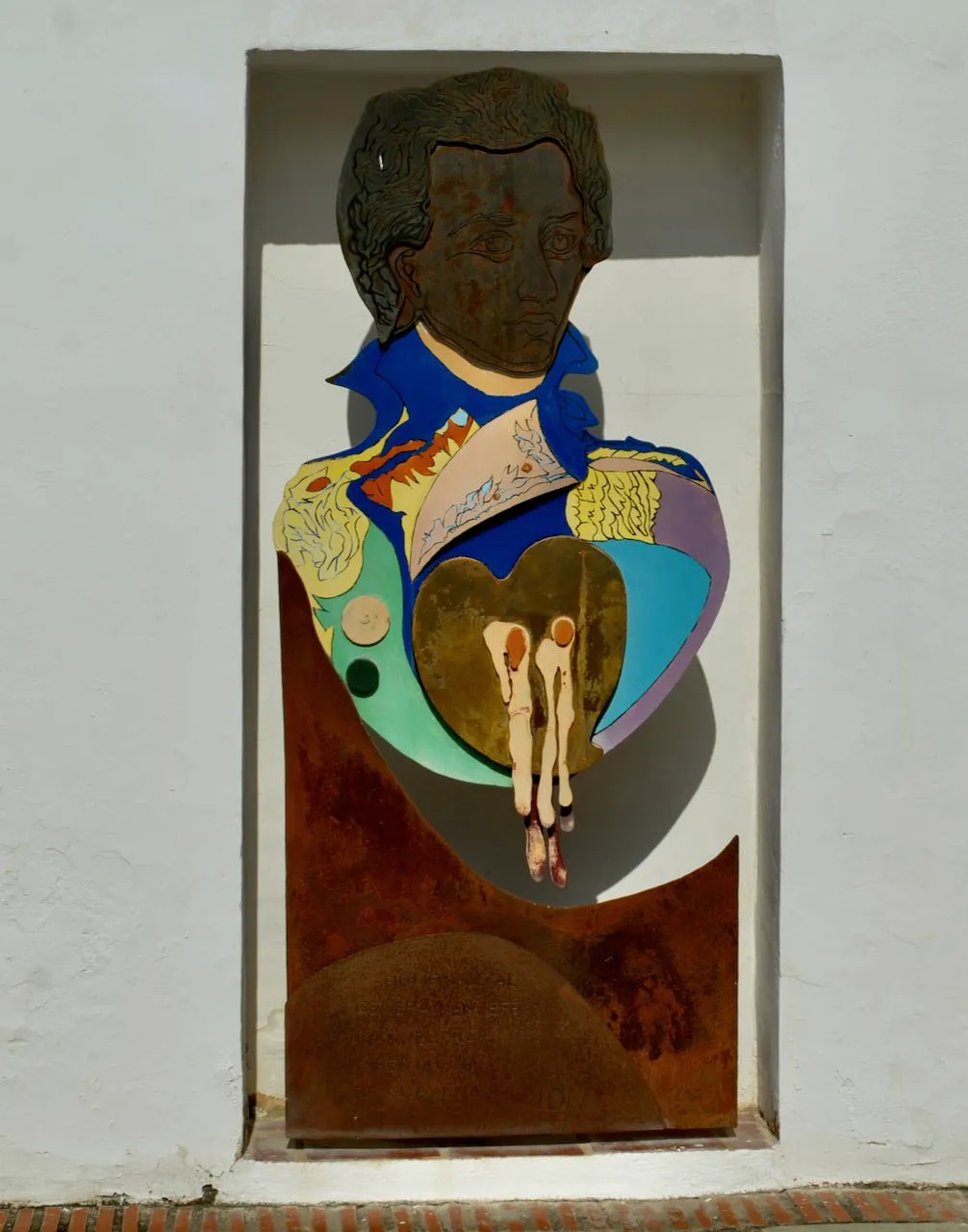 Introduction: Two Men, One Common Enemy
Introduction: Two Men, One Common Enemy
The stories of Manuel Piar and Nicolás Danies Palm unfold in different settings—one in the battlefields of Latin American independence and the other in the world of 19th-century commerce and diplomacy. Yet, both men, of African descent, faced the same adversary: a deeply racist society that sought to limit their rise, regardless of their talents or contributions.
Despite their achievements, they were confronted with an inescapable reality—being “too Black” was a problem, even when they proved themselves invaluable to their nations. But while Piar fought against racial and social oppression head-on, Danies Palm maneuvered within the system, using his wealth and strategic alliances to shield himself.
Their contrasting fates—Piar’s execution and Danies Palm’s survival and prosperity—highlight the two main choices faced by Black and mixed-race individuals in colonial and post-colonial Latin America: defiance or adaptation.
1. Race and Social Climbing: Two Strategies, Two Outcomes
Both men were mulattoes navigating societies where racial hierarchies controlled power and privilege. However, their strategies for overcoming racial barriers were radically different:
•Danies Palm chose assimilation: He strategically married into elite white families, expanded his economic power, and used his wealth to gain influence. His approach was calculated—he did not challenge the racial system; he worked around it.
•Piar, in contrast, chose revolution: He led Black, Indigenous, and mixed-race troops in the independence wars, directly challenging the power of the white Creole elite. He demanded true racial equality, refusing to remain in the shadows of history.
Their different choices dictated their ultimate fates—Danies Palm thrived, while Piar was executed.
2. “A Black Man with a White Mask” vs. “The Rebel Mulatto”
Both men suffered from the contradictions of racial perception—how they were seen versus how they saw themselves.
•Danies Palm was accused of being Black when it was politically convenient for his enemies. Despite his economic success, his appointment as U.S. Consul in Riohacha in 1859 was questioned simply because a rival, Michael Constantine, labeled him a “Black man” who should not hold such a position.
•Piar, despite being a national hero, was seen as an outsider when he demanded equal rights for non-white soldiers. His success in battle made him dangerous to the ruling elite, who feared that his power among Black and Indigenous troops could ignite a movement for social revolution, not just political independence.
The historical irony is that both men faced racial discrimination regardless of their achievements. However, while Piar was seen as a direct threat to white power and had to be eliminated, Danies Palm survived by carefully curating his public identity, ensuring that he was seen as “acceptable” in elite circles.
3. The Ultimate Price of Challenging the System
One of the starkest differences between the two men is how their lives ended:
•Danies Palm used his wealth and social status to neutralize racial attacks, ensuring that his family was accepted into the upper class. His case demonstrates that, under certain conditions, economic success could override racial prejudice—but only if one played by the system’s rules.
•Piar was executed in 1817, despite his military brilliance and crucial role in the fight for independence. His crime? Refusing to stay silent about racial inequality. He did not seek to “pass” as white or quietly integrate—he wanted to break the racial order entirely.
This contrast underscores a harsh reality of the 19th century: Black and mixed-race individuals who conformed could survive; those who resisted openly risked their lives.
4. Who Won the Fight Against Racism?
Piar’s legacy is one of unfinished business—he envisioned a truly egalitarian republic, but after his death, racial inequality persisted in the newly independent Latin American nations. The Creole elite ensured that Black and Indigenous people remained marginalized, despite their contributions to independence.
Meanwhile, Danies Palm’s success illustrates the quiet victories of economic mobility. He secured his family’s future, built wealth, and gained influence, but he did not dismantle the racial barriers of his society—he simply found a way around them.
However, Piar’s death was not in vain. His resistance laid the foundation for future generations to demand justice. And figures like Danies Palm remind us that adaptation was, at times, a necessary form of survival in an unfair system.
Two Paths, One Struggle
Both Nicolás Danies Palm and Manuel Piar confronted the same oppressive system. Yet, their choices—one through assimilation, the other through rebellion—led to vastly different outcomes.
•Danies Palm’s life demonstrates the power of economic strategy and political alliances in navigating racial oppression.
•Piar’s sacrifice highlights the cost of directly challenging racial injustice.
Both stories challenge us to rethink how race, power, and survival intersect in history. And they leave us with an important question:
What would you have chosen? To fight openly like Piar? Or to maneuver within the system like Danies Palm?
And most importantly: How much has really changed
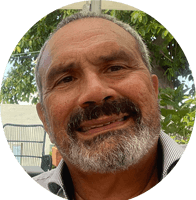
Tico Vos is a professional photographer, producer, and tourism specialist. He has been documenting the History, Culture, and News of Curaçao. This site is a documentation of the history of Manuel Carlos Piar.

